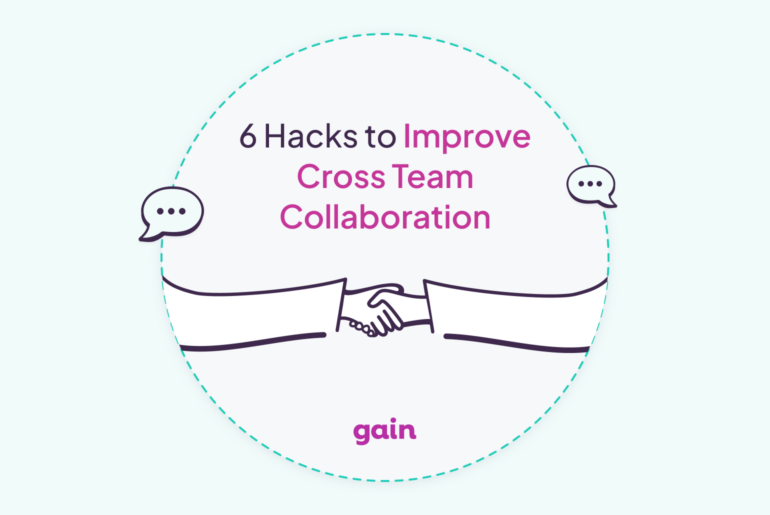Up to
50% of employee turnover is caused by burnout. Burnout often arises from excessive stress at work and manifests itself as exhaustion, apathy, cynicism, and low productivity. If you notice your team speaking up less at meetings, forming exclusive friend groups, or turning in sub-par work, you may be seeing the first symptoms of burnout.
Feeling stressed about work is normal. However, as workplaces continually place higher demands on their employees’ time and productivity, burnout from stress is becoming commonplace. As more offices offer flexible hours and remote work options, it has become far too easy to demand work at all hours, creating a sense of restlessness that can be draining.
Follow these three tips to keep your best employees motivated, productive, and healthy.
1. Create a mono-tasking culture.
Science has repeatedly proven that humans are not capable of multitasking. When we try to complete multiple tasks at once, it often takes us twice as long to finish the work, and we are half as effective.
Workers often attempt to multitask when their tasks are prioritized poorly. As a manager, you should help organize projects clearly by priority level and try to space out deadlines appropriately to avoid overlap. For day-to-day work, try out the
Pomodoro technique to bring out hyper-focus on your team. Set a 25-minute timer, work with no distractions until it goes off, and then take a five-minute break. Rinse and repeat throughout the day.
2. Give frequent and constructive feedback.
Everyone likes to feel appreciated for their work, but the yearly review is an outdated concept.
You don’t have to give your team a trophy every time they finish a project, but you should meet with individuals frequently to provide them detailed feedback on their work.
Always be open in your communication, whether you need to provide gentle constructive criticism or want to congratulate someone for a job well done. If your team feels you are in touch with their work, then they will also be more willing to come to you with problems before they burn out.
3. Set clear goals and achievable standards.
You set high standards to motivate your team to do their best work. However, no one likes to feel like they are running on a hamster wheel going nowhere. If you set impossible deadlines, provide little guidance, or don’t explain the purpose of a project, employees will be overwhelmed because they are inadequately prepared to complete tasks. They may even feel helpless and give up, producing low-quality work or missing a crucial deadline.
Instead, speak openly with your team about how long a project will take and explain to them how it adds to the growth of the company. Everyone works more efficiently when they feel there is a broader mission behind their work.
Often, the best thing you can do to prevent burnout is to foster a culture of open and honest communication within your team. If your door is always open, you will be more likely to catch problems early so you can solve them before they turn into burnout.
A culture of productivity often starts from the top, so model good behavior by prioritizing tasks effectively, taking time off, and not contacting employees outside of certain hours. Your employees are not computers. Show them that their work and skills are valued to help them feel fulfilled, rather than exhausted, by their jobs.






